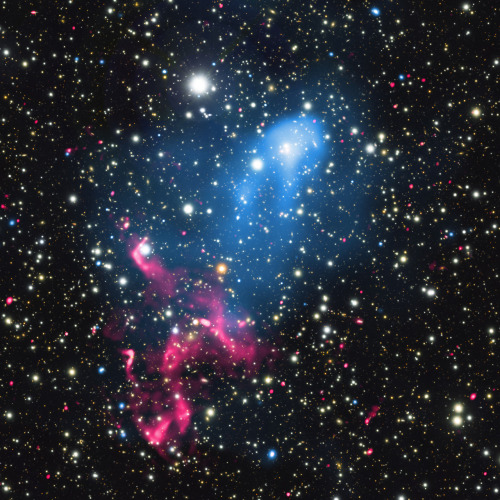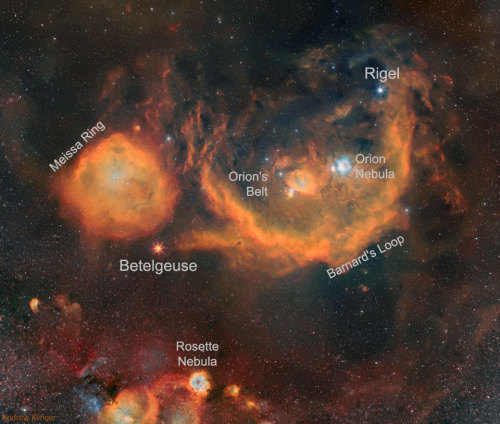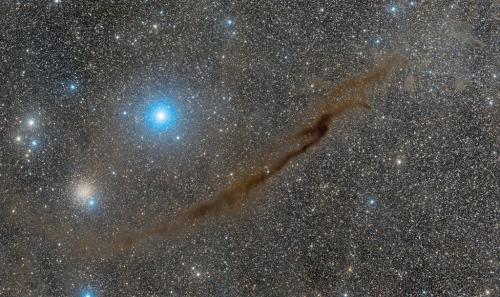#astrophoto
CALVIN: If people sat outside and looked at the stars each night, I’ll bet they’d live a lot differently.
HOBBES: How so?
CALVIN: Well, when you look into infinity, you realize that there are more important things than what people do all day.
HOBBES: We spent our day looking under rocks in the creek.
CALVIN: I mean other people. #longexposure #nightimages #nightshooter #nightshooters #nightpics #milkywaygalaxy #astrophotography #astrophoto #milkywayphotography #astrophotography #longexposure #longexpohunter #longexpo #amazing_longexpo #amazingearth #milkywayphoto #milkyway
#nightskyphotography #newmilkyway #nightimages #long_exposure #himalayas #ig_nightphotography #nightsky #nightshots #delightingyoualways #spaceshots #astro my first and meager attempt at shooting at stars and beyond ! BTW that bright blob on the right side is Andromeda ! (at Nagarkot)
Post link
#Repost @solophoto1
・・・
Star Charge
.
Sometimes, after a long night of shooting, I do a long exposure like this to relax and recharge under the stars.✨
.
ISO 100 16mm f/6.3 6,235sec
Touched up in lightroomV5
.
.
.
#startrails #longexposure
#astrophotography #longexposureshots #nightsky #nightphotography #astrophoto #stargazing #nature #landscapephotohub #landscapephotography
#nightscaper #exposure #photographer #intothenight #startrailchasers #milkyway #ig_astrophotography #theimaged #weekly_feature #rsa_night
#eclectic_shotz #star_shootz
#nightshooters #sony
#astro_photography_
#night_captures #pocket_nights
https://www.instagram.com/p/B3vYzgYhM2G/?igshid=14goide8d0wwg
Post link
Seagull Nebula - This portrait of the cosmic bird covers a 1.6 degree wide swath across the plane of the Milky Way, near the direction of Sirius, alpha star of the constellation Canis Major. Dominated by the reddish glow of atomic hydrogen, the complex of gas and dust clouds with bright young stars spans over 100 light-years at an estimated 3,800 light-year distance.
Camera: ASI1600MC-C
Telescope: 8“ f4 Newtonian
Mount: NEQ6
Exposure: 36x 5mins, 3hrs total
Processed in Pixinsight and Lightroom
Post link
Lower’s Nebula - The HII region Sh 2-261 is often called Lower’s nebula because it appears on a photographic plate taken by the father-and-son team of Harold and Charles Lower in 1939. The Lowers were amateur astronomers, accomplished telescope makers and pioneering astrophotographers from San Diego, California.This is one of the faintest and most difficult objects I’ve shot so far. It’s a very dim, deep red, characteristic of hydrogen alpha light. I do love that colour very much though and it was a fun challenge to shoot and process. Taken last night at Mount Burnett Observatory.Camera: Canon 5D3
Telescope: 8“ f4 Newtonian
Mount: NEQ6
Exposure: 21x 5mins, 1:45mins total
Processed in Pixinsight and Lightroom
Post link
Cat’s Paw Nebula - At 5,500 light years distance in the constellation of Scorpius, the Cat’s Paw Nebula is an emission nebula containing a star forming region with many massive, young stars within.
As usual, winter has been challenging to try and take night sky photos! Not only has it been very cloudy, but there have been a lot of windy nights, as was the case on this night. As such, the stars aren’t quite as tight and round as I’d like, but I’m still satisfied with how this photo came out. For now! I’ll hopefully try it again in the future after I’ve further improved my skills and equipment.
Telescope: 8“ f4 Newtonian
Camera: ZWO ASI1600-MCC
Mount: NEQ6
40x5min - 3:20hrs total exposure
Processed in Pixinsight and Lightroom
Post link
Stargazing at MBO - It was a cold night with a bright moon, but that didn’t stop members at Mount Burnett Observatory getting outside and enjoying the winter night sky. This tiny planet panorama shows the observatory’s two domes and a close up of one of the smaller dobsonian telescopes.
Post link
Trifid Nebula - After a three month break due to bad weather, illness and injury, it was great to get under the stars again last night! This time I tried one of the most popular winter winter targets: Messier 20, the Trifid Nebula. This emission/reflection nebula pair sits in Sagittarius towards the Milky Way core at a distance of 5200 light years.Telescope: 8“ f4 Newtonian
Camera: ZWO ASI1600-MCC
Mount: NEQ6
40x5min - 3:20hrs total exposure
Processed in Pixinsight and Lightroom
Post link
Centaurus A - One of the brightest galaxies in the sky, Cen A is also the brightest radio source in the night sky. A huge and unusual galaxy it is extremely active in all wavelengths from radio to gamma rays. The distinctive dark dust lane is visible even in a powerful pair of binoculars. At a distance of 10-16 million light years, it is believed to be the result of the merger of two galaxies and now contains a supermassive black hole 55 million times the mass of the sun at its core.This is my second attempt at this object, the first being two years ago. In that time I have improved every aspect of my astrophotography and an very pleased with the sharp detail I captured in the dust lane as well as some of the subtle structure in the outer shells of stars far away from the centre.Telescope: 8“ f4 Newtonian
Camera: ZWO ASI1600-MCC
Mount: NEQ6
43x5min - 3:35hrs total exposure
Processed in Pixinsight and Lightroom
Post link
Milky Way at MBO - The Milky Way rises behind two telescope domes and a trig point at Mount Burnett Observatory while members observe and photograph the stars.
Camera: Canon 5D3Lens: Canon 24-70mm f2.8 @24mmSettings: 30sec f2.8 ISO3200Processed in Lightroom
Post link
Running Chicken Nebula - Camera: ASI1600MC-C
Telescope: 8“ f4 reflecting newtonian
Mount: NEQ6
Guiding: Orion StarShoot Autoguider
Control software: Sequence generator pro
24x5min exposures, 2hrs total
Bias and flat calibration frames used
Edited in Pixinsight and Lightroom
Post link
Lost at Night
Another beautiful night at the countryside of Finland. Enjoy your day!
Info about the shot on my blog with the winners of the new preset collection!http://www.mikkolagerstedt.com/blog/2014/12/12/winners-of-the-fine-art-preset-collection-phase
Post link


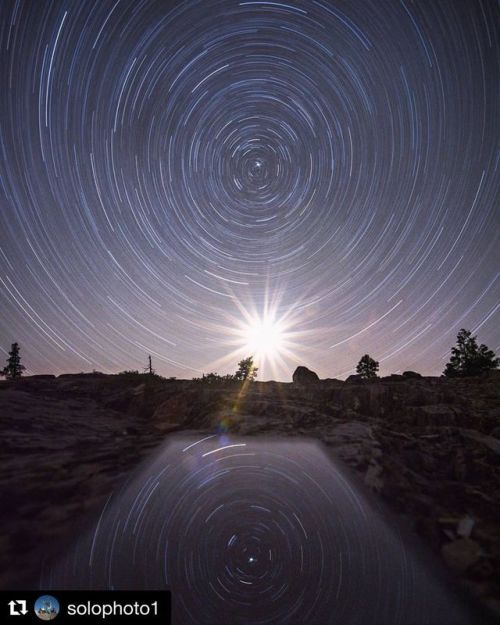
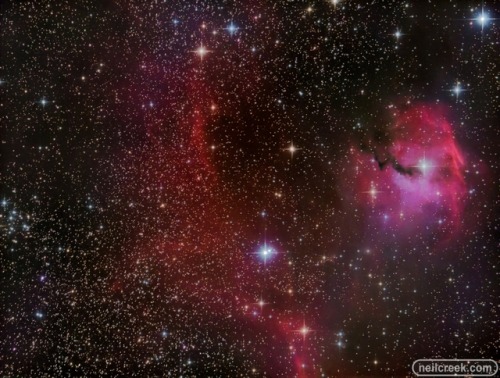


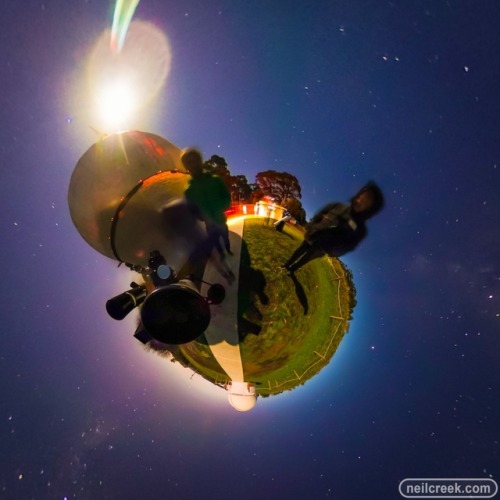
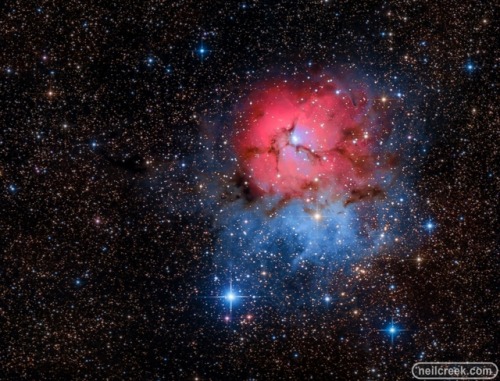
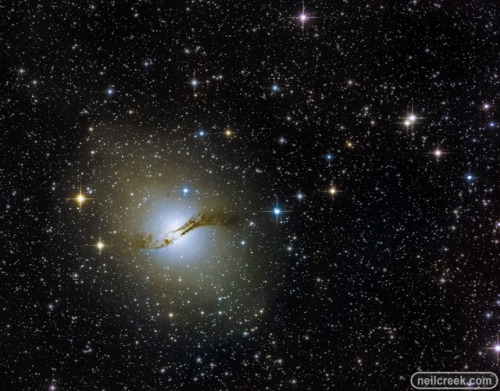


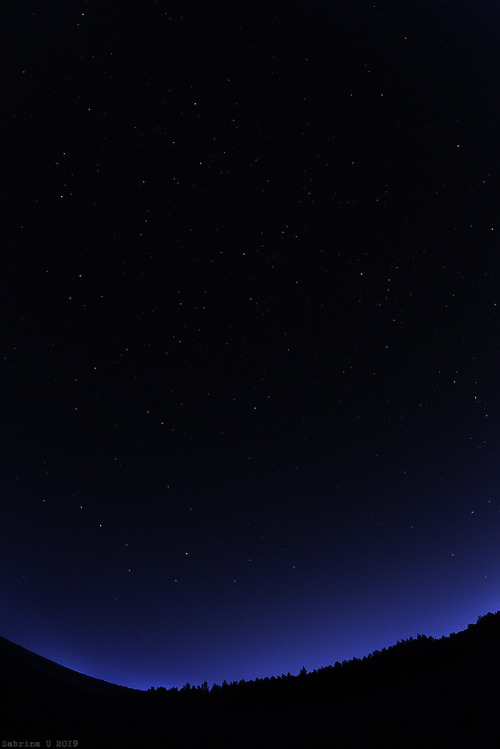

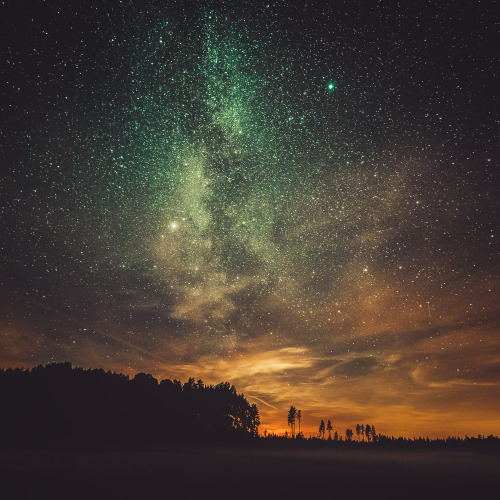















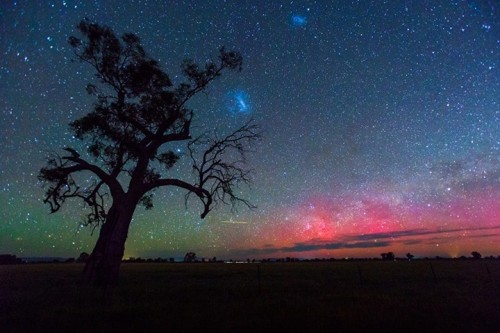



![Antennae Galaxies - Chandra Hubble Spitzer [3 Telescope View] Antennae Galaxies - Chandra Hubble Spitzer [3 Telescope View]](https://64.media.tumblr.com/cfea5e7859cb6f55847f8cc81a3a55bf/248c623617aca3d0-00/s500x750/a9a4b09cbe747b611bbb8d824aefcdcd076d75bd.jpg)

